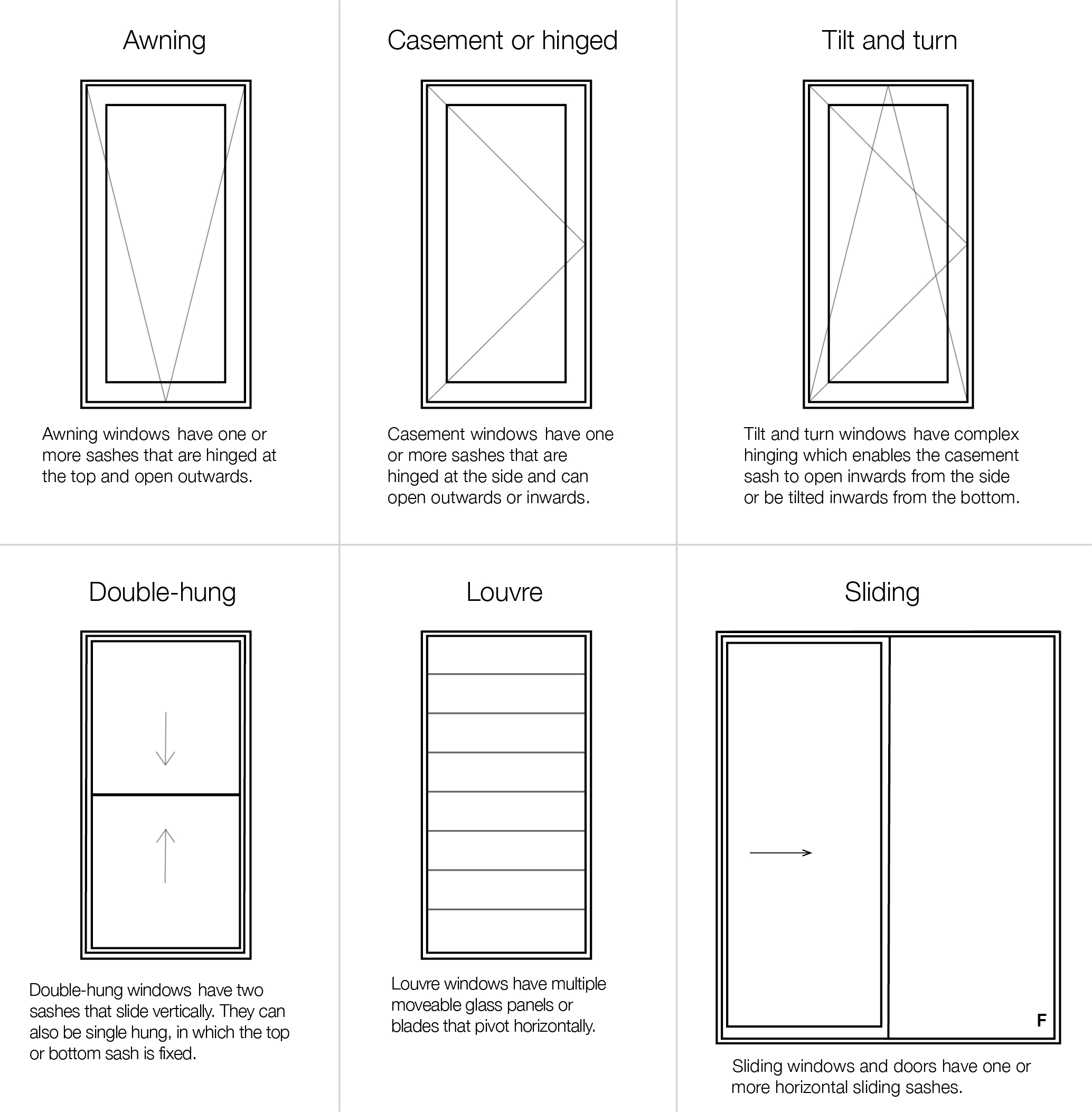All Categories
Featured
Table of Contents
Is Double Glazing Worth It? in Belmont WA
Glazing just suggests the windows in your house, including both openable and fixed windows, in addition to doors with glass and skylights. Glazing in fact simply means the glass part, but it is normally used to refer to all elements of an assembly consisting of glass, movies, frames and furnishings. Taking notice of all of these aspects will help you to attain efficient passive style.

Energy-efficient glazing makes your home more comfortable and dramatically decreases your energy costs. However, inappropriate or badly designed glazing can be a major source of undesirable heat gain in summer and significant heat loss and condensation in winter season. As much as 87% of a house's heating energy can be acquired and approximately 40% lost through windows.
Glazing in Wellard WA
Glazing is a significant investment in the quality of your house. The expense of glazing and the cost of heating and cooling your home are carefully associated. An initial financial investment in energy-efficient windows, skylights and doors can significantly reduce your annual cooling and heating bill. Energy-efficient glazing likewise lowers the peak heating and cooling load, which can minimize the required size of an air-conditioning system by 30%, leading to more cost savings.

This tool compares window choices to a base level aluminium window with 3mm clear glass. Comprehending some of the essential residential or commercial properties of glass will help you to pick the best glazing for your house. Secret properties of glass Source: Adjusted from the Australian Window Association The quantity of light that travels through the glazing is called noticeable light transmittance (VLT) or visible transmittance (VT).
4 Benefits Of Double Glazed Windows In The Summer in Bellevue Western Australia
The U worth for windows (revealed as Uw), describes the conduction of the whole window (glass and frame together). The lower the U value, the higher a window's resistance to heat flow and the better its insulating worth.
For instance, if your house has 70m2 of glazing with aluminium frames and clear glass with a U value of 6. 2W/m2 C, on a winter's night when it is 15C cooler outside compared with indoors, the heat loss through the windows would be: 6. 2 15 70 = 6510W That is equivalent to the overall heat output of a large room gas heating system or a 6.
Benefits Of Double Glazing Low-e in Crawley Western Australia

If you select a window with half the U worth (3. 1W/m2 C) (for example, double glazing with an argon-filled space and less-conductive frames), you can halve the heat loss: 3. 1 15 70 = 3255W The solar heat gain coefficient (SHGC) for windows (revealed as SHGCw) determines how readily heat from direct sunshine streams through a whole window (glass and frame together).
The lower a window's SHGC, the less solar heat it sends to your house interior. Glazing producers declare an SHGC for each window type and design. Nevertheless, the real SHGC for windows is affected by the angle that solar radiation strikes the glass. This is called the angle of occurrence.
Save Energy With Double Glazed Windows in Darch Perth
When the sun is perpendicular (at 90) to the glass, it has an angle of incidence of 0 and the window will experience the optimum possible solar heat gain. The SHGC declared by glazing manufacturers is always calculated as having a 0 angle of incidence. As the angle increases, more solar radiation is shown, and less is transferred.
Table of Contents
Latest Posts
Double Glazing Vs. Triple Glazing: Which Is Worth It? in Koondoola WA
Fitting A Cabin In Your Garden? Get Double Glazing Fitted Too in Churchlands Western Australia
Why Should You Have Double-glazed Windows This Summer? in Stirling Perth
More
Latest Posts
Double Glazing Vs. Triple Glazing: Which Is Worth It? in Koondoola WA
Fitting A Cabin In Your Garden? Get Double Glazing Fitted Too in Churchlands Western Australia
Why Should You Have Double-glazed Windows This Summer? in Stirling Perth